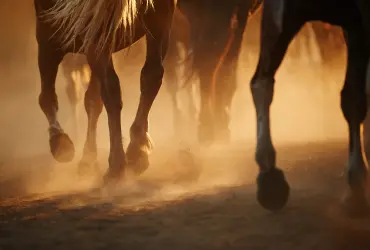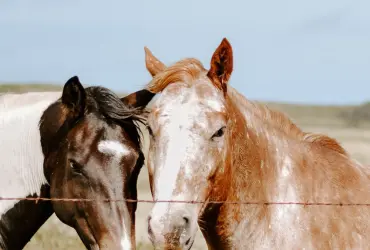Turn All Business Travel Into a Holiday
with a Team That Understands
What You Need
Upcoming Trade Shows in for Animals & Pets

JAGD & HUND 2026, Dortmund, Germany
27 Jan - 1 Feb 2026

Pferd Bodensee 2026, Friedrichshafen, Germany
27 Feb - 1 Mar 2026

Interzoo 2026, Nurnberg, Germany
12 - 15 May 2026

Pferd Wels 2026, Wels, Austria
14 - 17 May 2026

VIV Europe 2026, Utrecht, Netherlands
2 - 4 Jun 2026

Equita Lyon 2026, Lyon, France
28 Oct - 1 Nov 2026

EnergyDecentral 2026, Hannover, Germany
10 - 13 Nov 2026

Pferd & Jagd 2026, Hannover, Germany
3 - 6 Dec 2026

EQUITANA 2027, Essen, Germany
18 - 24 Mar 2027
The global livestock industry presents two very different narratives – that of developing countries and the steady state of developed counterparts. Between 1980 and 2002, meat production in the developing world tripled going from 45 to 134 million tons. This surge, fueled by rapid economic growth, particularly in East Asia, predominantly circled around poultry and pigs. Conversely, developed nations find themselves in a phase of slow or stagnant production and consumption of animals, even if at naturally high levels.
This divide, where demand rises in the developing world while industrialized nations sit at a plateau, holds a significant opportunity for livestock farmers in developing countries. The majority of the demand in these regions is met through local production, a trend likely to carry well into the foreseeable future. However, the expansion of agricultural production must be orchestrated in a manner that ensures equitable benefits for the less privileged and moderates its environmental footprint. Projected human population for 2050 hovers around 9.15 billion with the majority of the growth anticipated in developing countries. East Asia is expected to have negative population growth by the late 2040s, while sub-Saharan Africa experiences a persistent 1.2 per cent annual growth. The challenge of rapid population growth remains a hurdle in certain countries, potentially impeding strides toward enhanced food security. Urbanization emerges as another pivotal factor shaping food demand with more people residing in urban settings than rural areas since 2008. The coming decades are going to be defined with further urban expansion in Africa and Asia, which will put additional strain on existing animal agriculture systems.
The global livestock sector will grapple with these dynamics for the foreseeable future as regional markets navigate issues surrounding escalating demand, equity and mitigating the environmental impact of animal farming. The road ahead requires strategy to harness opportunities and address these challenges.
GET A FREE QUOTE
Looking for a hotel accommodation for particular trade show or exhibition.
Send us a general enquiry and we will find the best options for you
Send us a general enquiry and we will find the best options for you